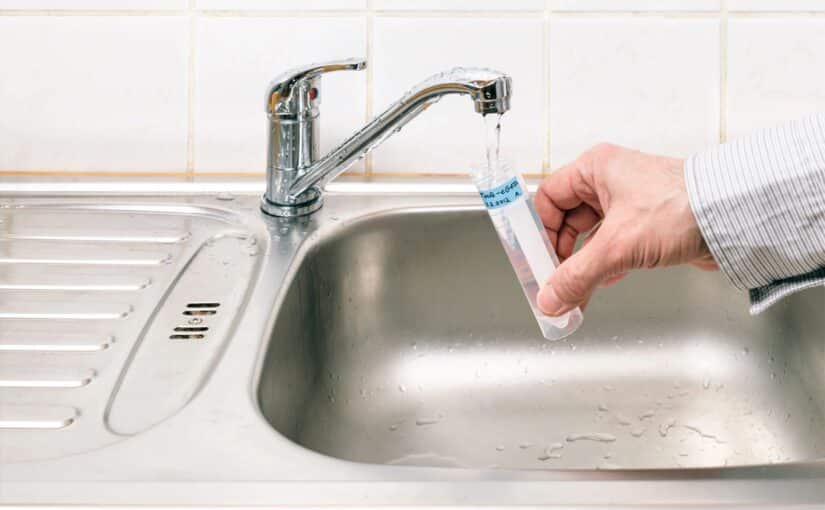
Facilities Alert! Is your water safe?
IS YOUR WATER SAFE?
For more than 20 years, the Centers for Disease Control and Prevention (CDC) has championed children’s health by working together with other federal agencies and through effective programs and policies to prevent childhood lead poisoning. Exposure to lead can cause behavior problems and learning disabilities in young children and can also affect the health of adults. Lead can be found in many sources.
Lead is a heavy, low melting, bluish-gray metal that occurs naturally in the earth’s crust. However, it is rarely found naturally as a metal. It is usually found combined with two or more elements to form lead compound. Small amounts of lead may enter rivers, lakes, and streams when soil particles are moved by rain water.
Lead can enter drinking water when service pipes that contain lead corrode, especially where the water has high acidity or low mineral content that corrodes pipes and fixtures. The most common problem is with brass or chrome-plated brass faucets and fixtures with lead solder, from which significant amounts of lead can enter into the water, especially hot water.
Corrosion is a dissolving or wearing away of metal caused by a chemical reaction between water and your plumbing. To address corrosion of lead into drinking water, the US Environmental Protection Agency (EPA) issued the Lead and Copper Rule (LCR) under the authority of the Safety Drinking Water Act (SOWA). One requirement of the LCR is corrosion control treatment to prevent lead and copper from contaminating drinking water. Corrosion control treatment means utilities must make drinking water less corrosive to the materials it comes into contact with on its way to consumers’ taps. EPA’s action level is 15 parts per billion (ppb) for lead for any public water system (PWS).
The Safe Drinking Water Act (SOWA) was originally passed by Congress in 1974 and amended in 1986 and 1996. The SOWA is designed to protect public health by regulating the nation’s public drinking water supply.
STEPS TO SAFETY
Learn more about the water coming into your building: The EPA requires all community water systems to prepare and deliver an annual water quality report called a Consumer Confidence Report (CCR) for their customers by July 1 of each year. Contact your water utility to receive a copy of their latest report.
Have water services tested for lead: Since one cannot see, taste, or smell lead dissolved in water, testing is the only sure way of telling whether there are harmful quantities of lead in your drinking water. A list of certified laboratories are available from your state or local water authority.
Use water filters or treatment devices: Many water filters and water treatment devices are certified by independent organizations for effective lead reduction.
Remove contaminated fixtures and pipes: Facilities built before 1986 are more likely to have lead pipes, fixtures and solder.
If any of your buildings have old water supply pipes that are possibly contaminated with a lead above the EPA active level (15 parts per billion) and you are in need of assistance in evaluating the existing plumbing system at your facility, PBK has experienced, licensed professionals available to help.


